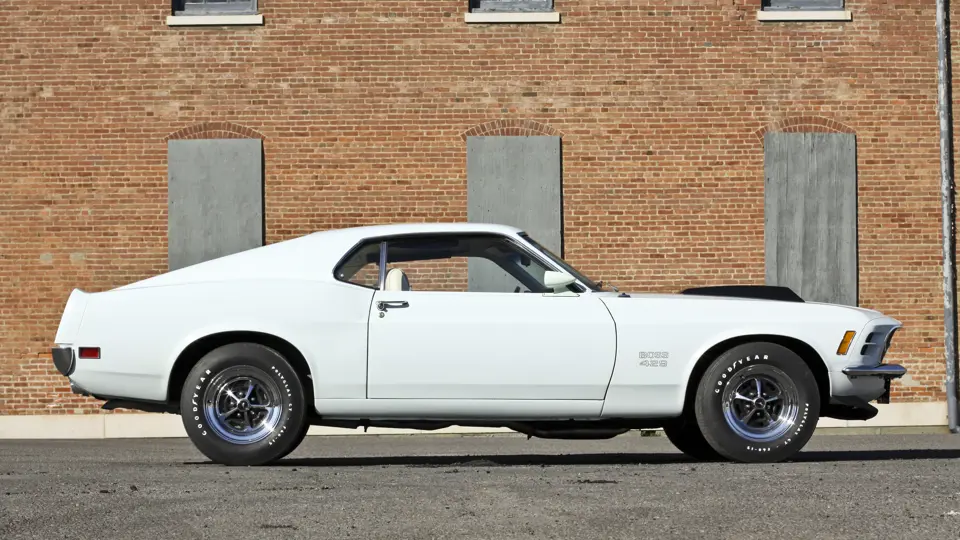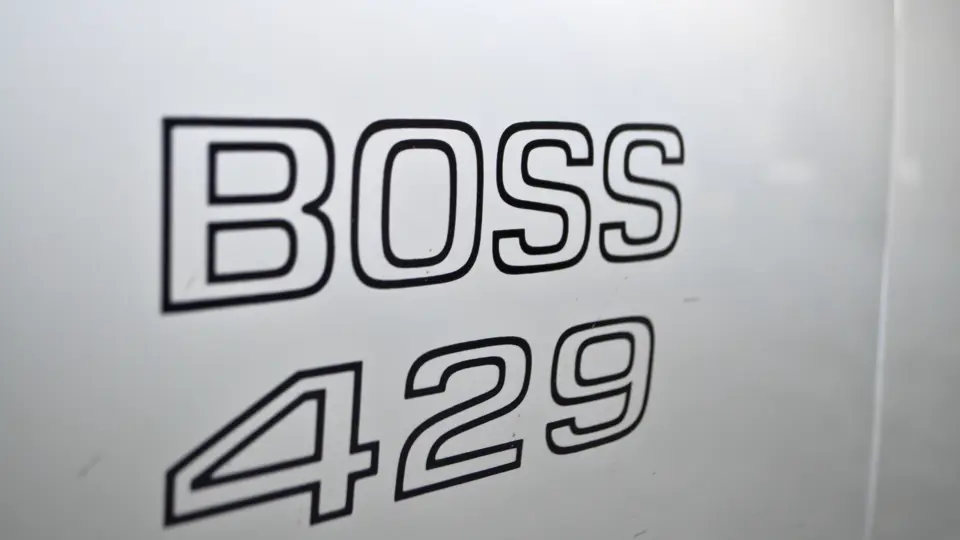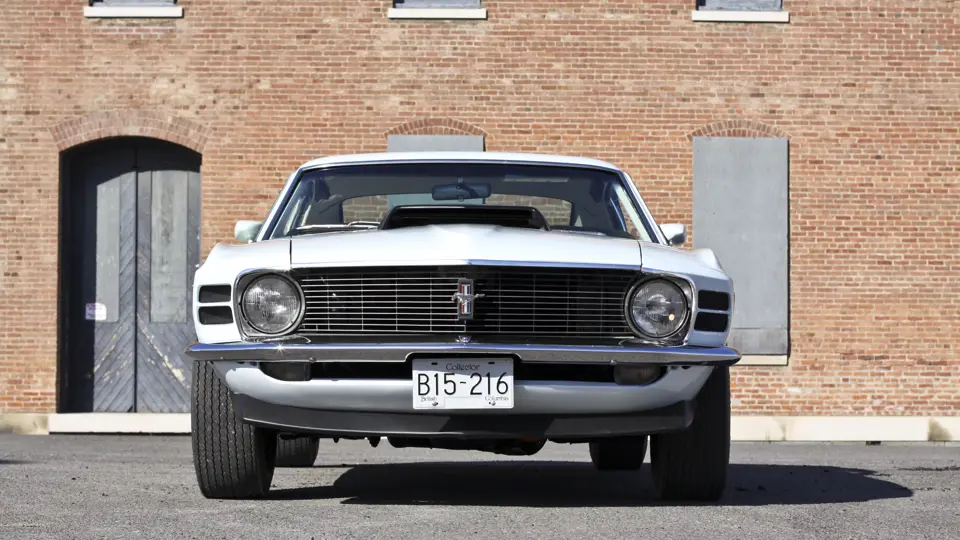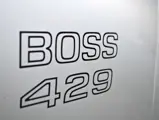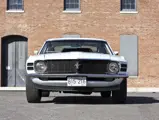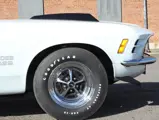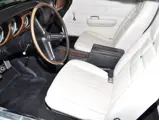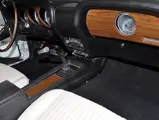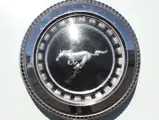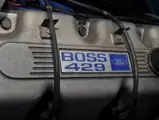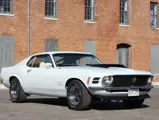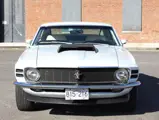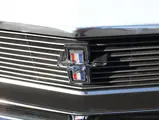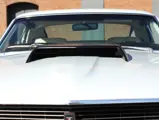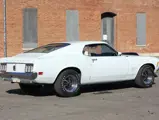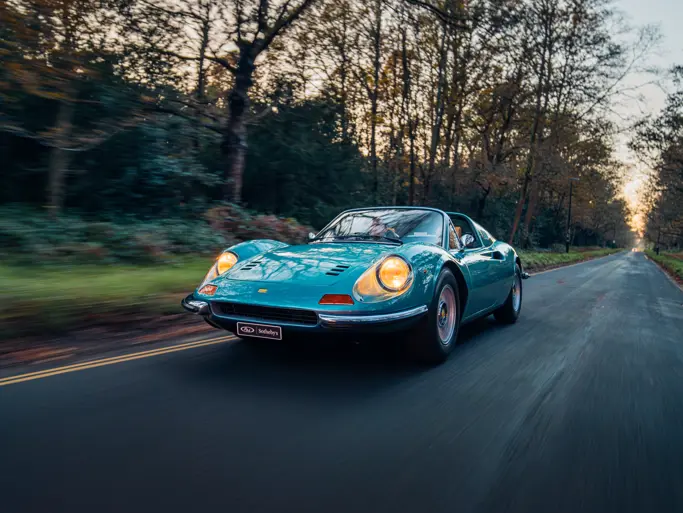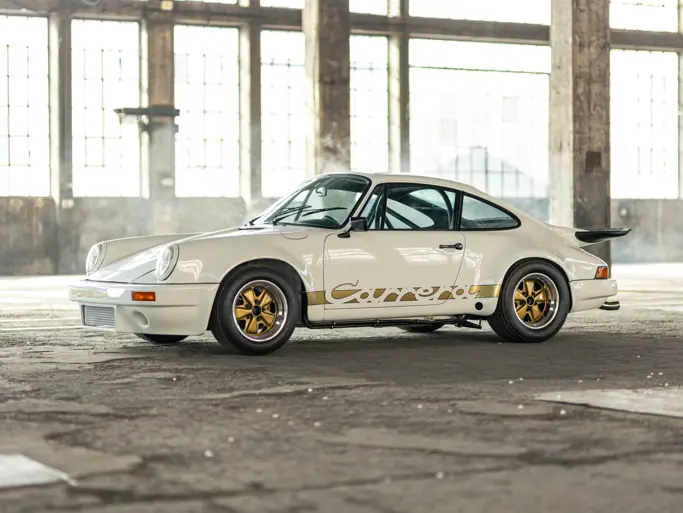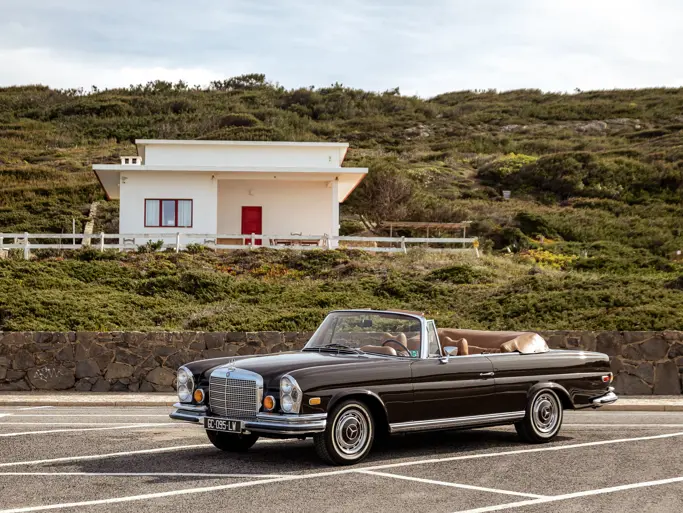375 bhp, 429 cu. in. Boss V-8 engine, Holley 735 cfm four-barrel carburetor, Ford “Toploader” close-ratio four-speed manual transmission, competition-type suspension with independent front suspension via coil springs, upper and lower A-arms and stabilizer bar, live Traction-Lok rear axle with semi-elliptic leaf springs, stabilizer bar and staggered shock absorbers, and front disc, rear drum hydraulic brakes. Wheelbase: 108"
• Kar Kraft number KK2290; one of 500 built for 1970
• Extremely rare; one of only two 1970 Boss 429s built with these colors
• Large document binder including original documents, invoices, Marti Report and more
By the mid-1960s, the self-imposed racing ban of the “Big Three” collapsed, with most American auto manufacturers providing factory support to supposedly independent racing teams. With showroom sales tied to racing success, Ford went all-out to maintain its edge following David Pearson’s 1968 NASCAR championship win. Since NASCAR disapproved of the exotic SOHC 427, Ford’s Tunnel-Port 427 soldiered on through 1968, but a new engine was needed to make full use of the sleek new Torino Talladega and Cyclone Spoiler bodies. However, NASCAR rules demanded installation in at least 500 road cars to be made available to the public.
Based on Ford’s new 385-series V-8, the Boss 429 featured aluminum cylinder heads with hemispherical combustion chambers, an aluminum high-rise intake, a 735-cfm Holley carburetor, 10.5:1 compression, header-style exhaust manifolds, a four-bolt main block and more. Rather than install it in the midsize Torino and Cyclone like their NASCAR counterparts, Ford dropped the Boss 429 into the smaller Mustang, creating the ultimate “pony car.” Standard equipment included a “Toploader” close-ratio four-speed transmission and a nine-inch Traction-Lok rear end with 3.91:1 gears, plus an engine-oil cooler, a trunk-mounted battery, competition suspension with front and rear anti-roll bars and staggered rear shocks, power front disc brakes, chrome Magnum 500 wheels and wide F60X15 tires.
The Boss 429 was essentially hand built with extensive modifications made to accommodate the new engine including the cutting and relocation of the front shock towers. To alleviate the production burden, Ford shipped the cars for conversion to Brighton, Michigan’s Kar Kraft for completion. Ford conservatively rated the “street” Boss 429 Mustang at 375 hp, a figure that hardly explained the car’s ability to run 12 seconds flat or better in the quarter-mile with just a few minor modifications.
At $4,087, the Boss 429 was the priciest non-Shelby Mustang to date, with limited production of 859 (including two Boss-Cougars) for 1969. Just 500 more followed for 1970 (including two “Quarter Horse” Boss/Shelby hybrid prototypes) prior to the cancellation of Ford’s corporate racing program. Just five exterior colors were available: Calypso Coral, Grabber Orange, Grabber Green, Grabber Blue and Pastel Blue. Only 18 Boss 429s were painted in Pastel Blue, and only two of them had white interior upholstery. Since all Boss 429 Mustangs were identical with the exception of interior and exterior colors, this example is one of the rarest Boss 429s on the planet.
With just four documented owners from new, KK2290 received a complete, ground-up restoration under the prior owner, who acquired it from Joe Flowers in 2001. The body was completely restored and refinished, the interior remains almost completely original, and the car retains its factory-original engine, transmission and rear end. While the engine was completely rebuilt by Dick Sernack of Portage Performance in Mogadore, Ohio, the transmission and rear end were inspected and found to require only a flush and a fluid change.
At the end of March 2008, the highly knowledgeable current owner acquired the Boss and sorted the car to its impressive current level. As offered, it is equipped with the factory-correct emissions equipment and rides on a new set of correct Goodyear Polyglas tires. An impressive selection of paperwork accompanies the Boss as well, including ownership documents, manuals, photographs, restoration notes and invoices, technical information, the original build sheet and dealer invoice, a Marti report and more.




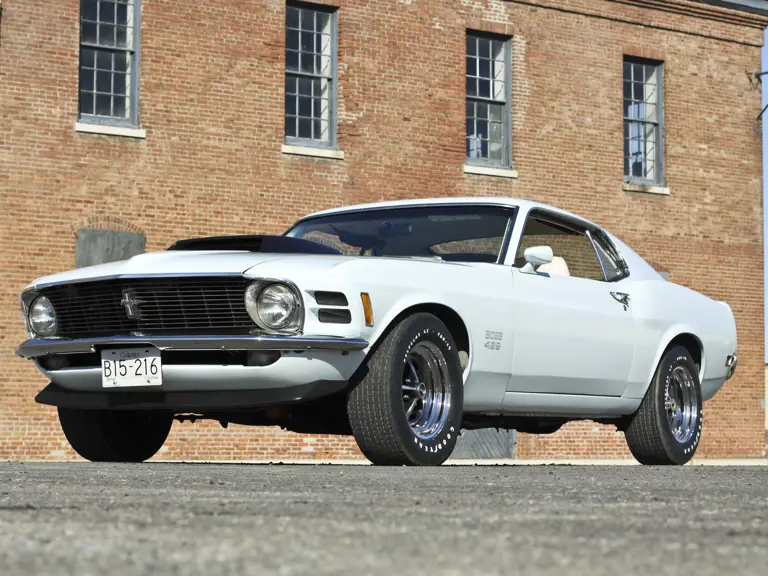

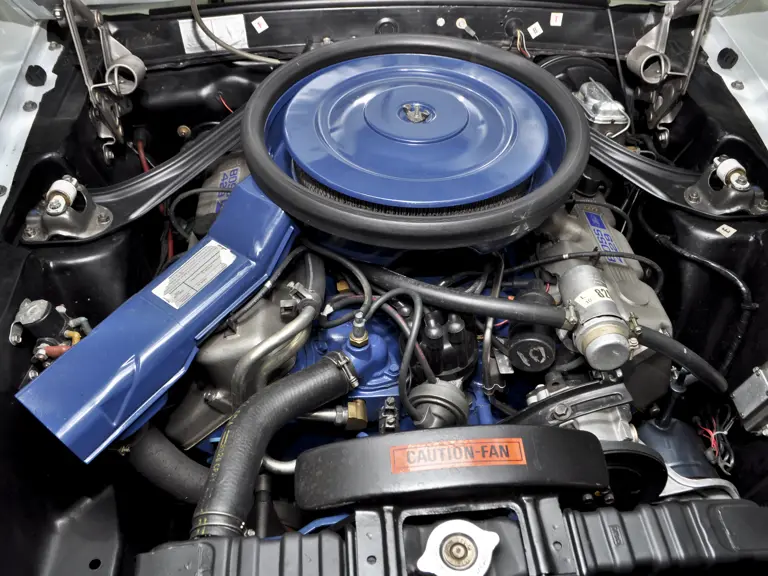
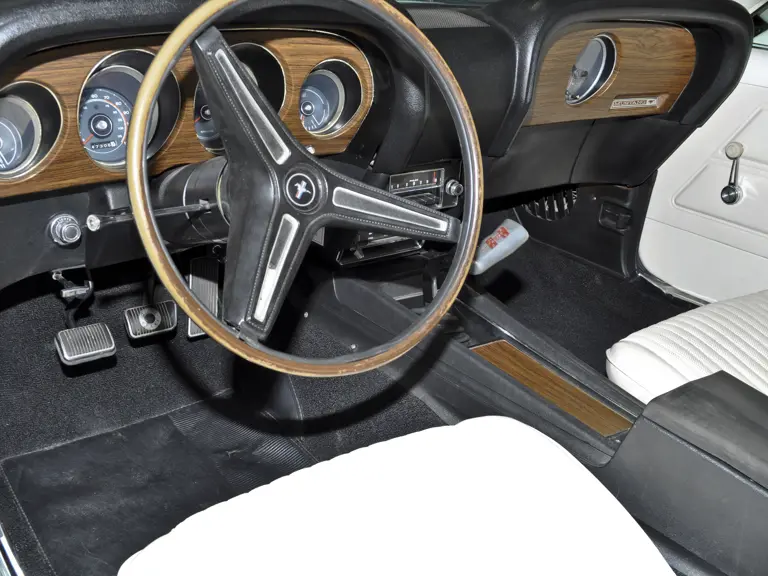

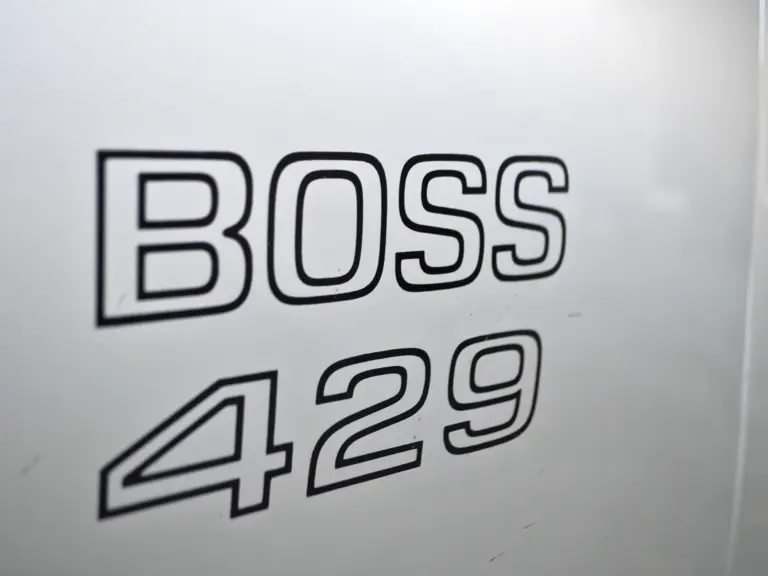
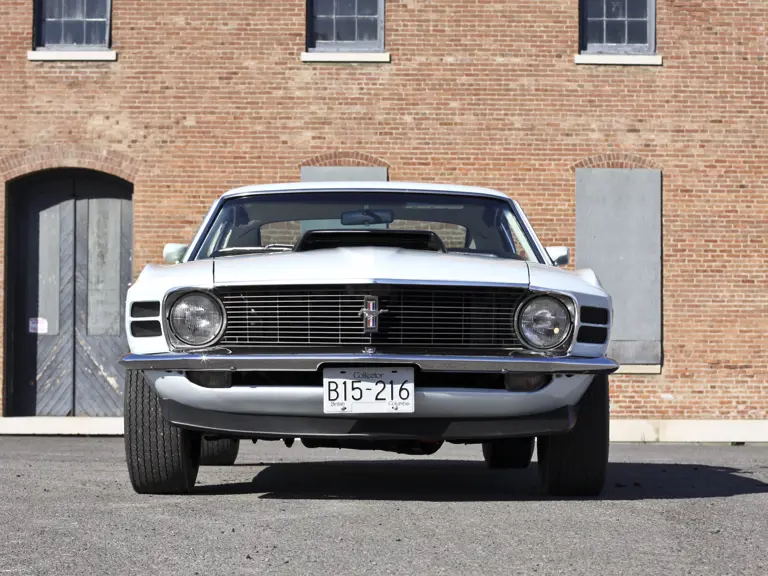
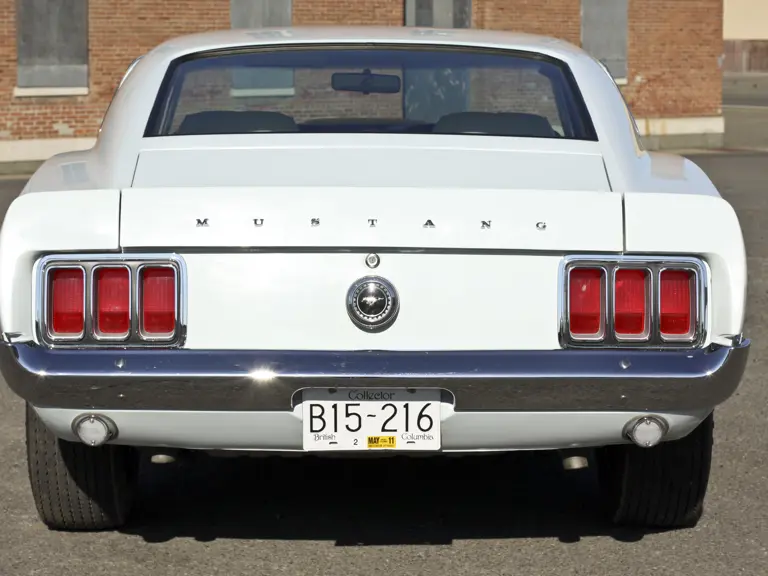


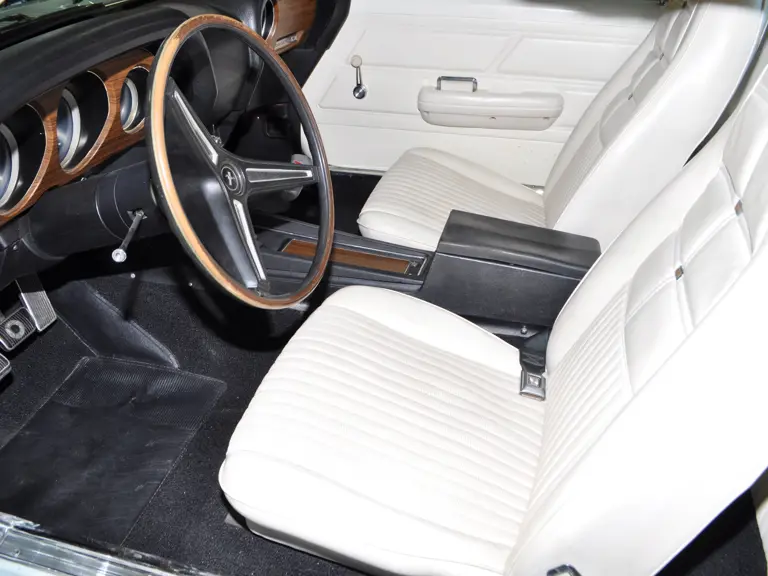
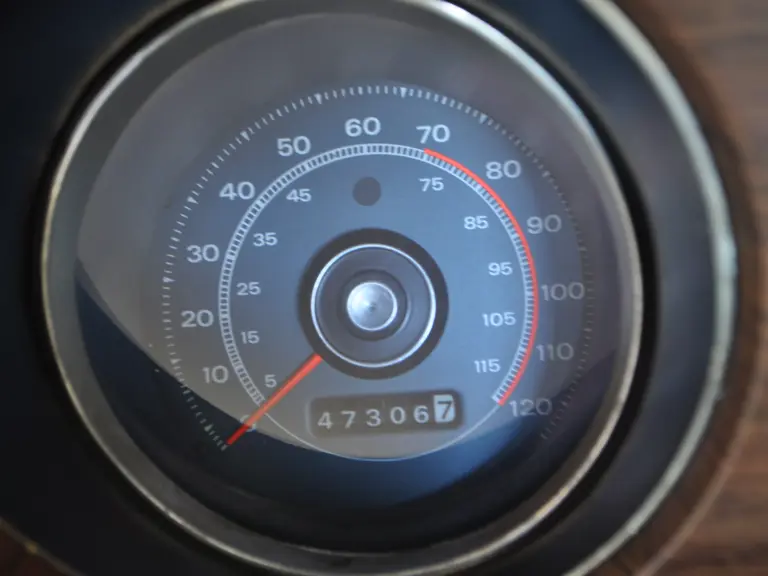
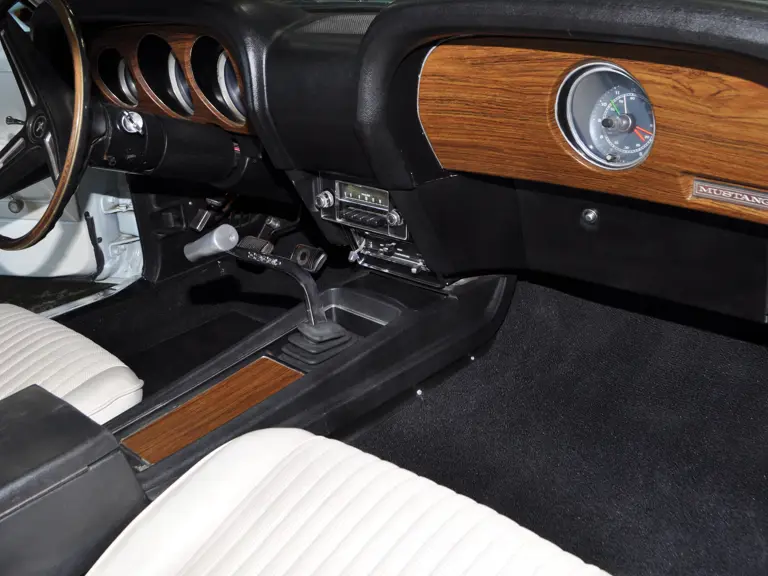
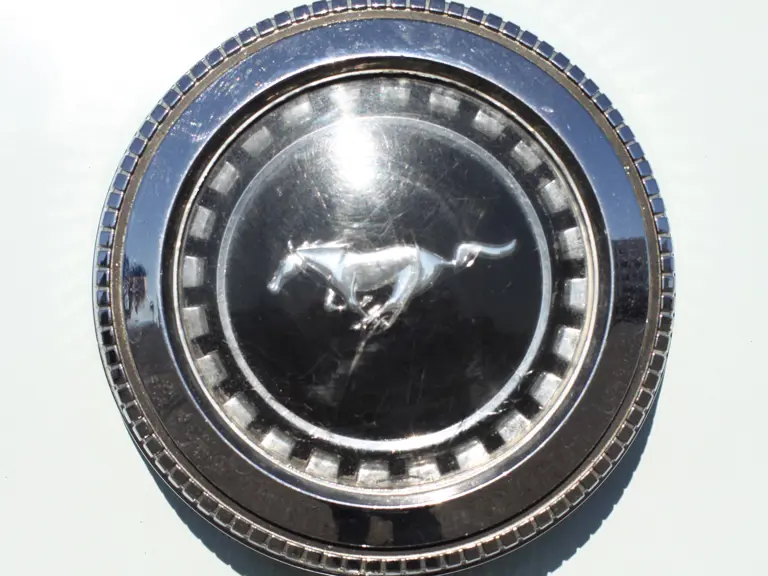
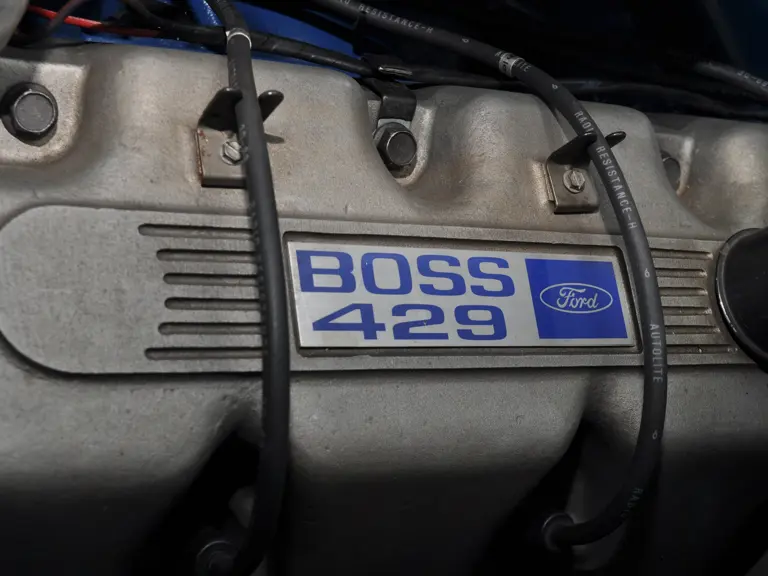
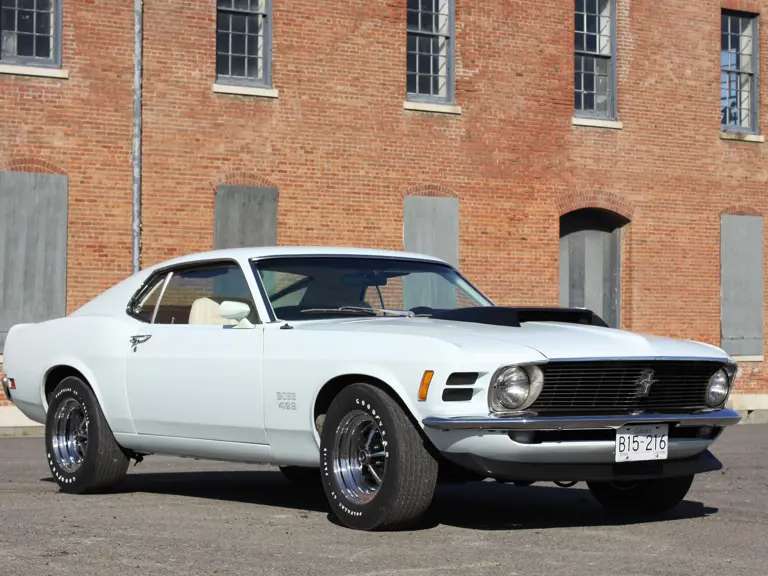
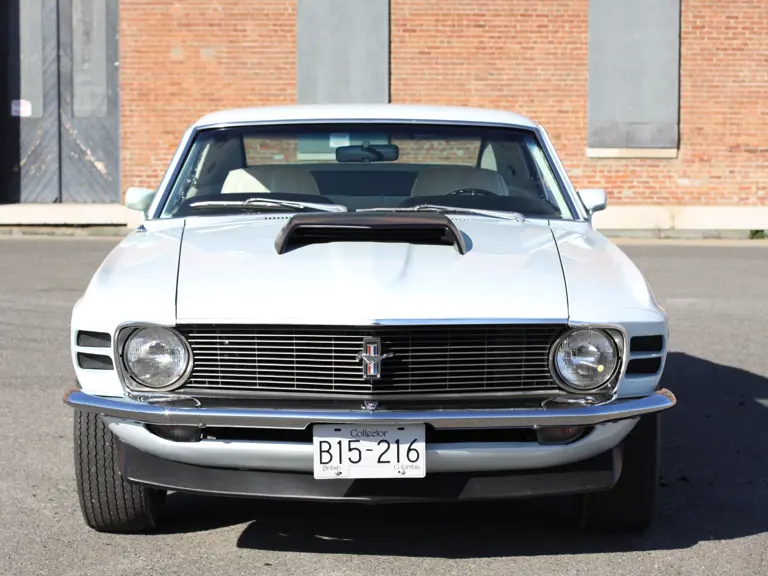
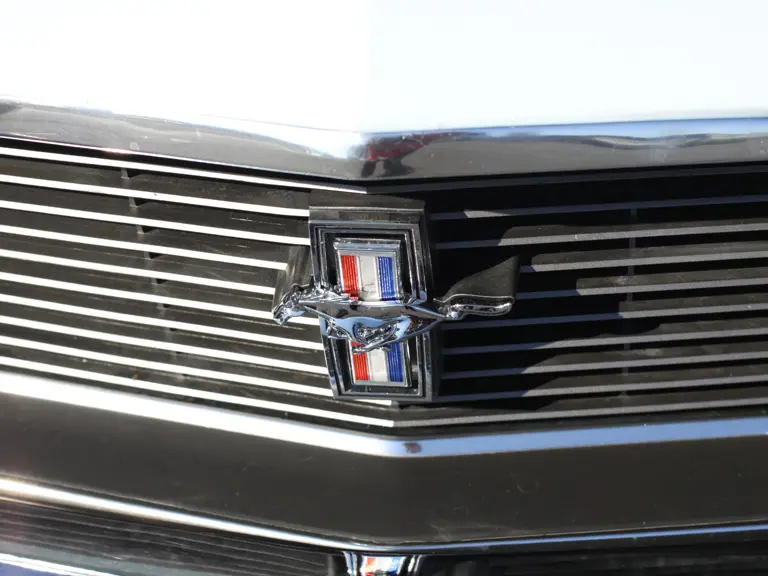

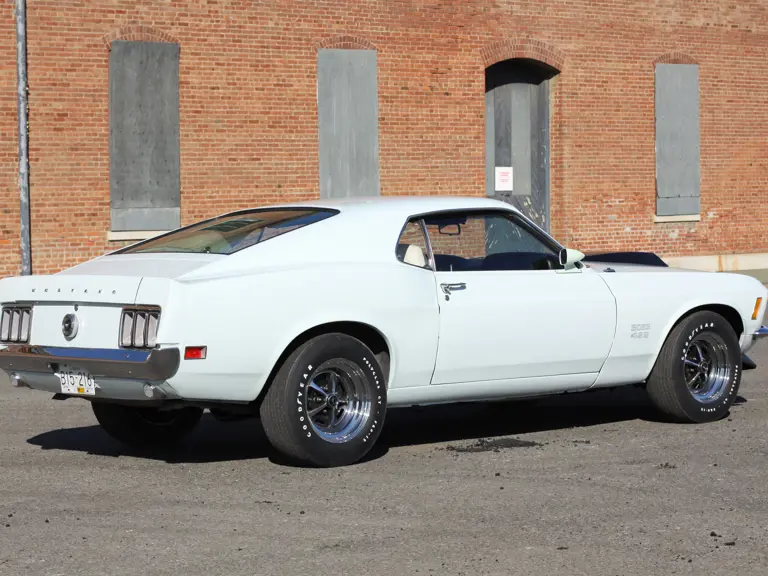
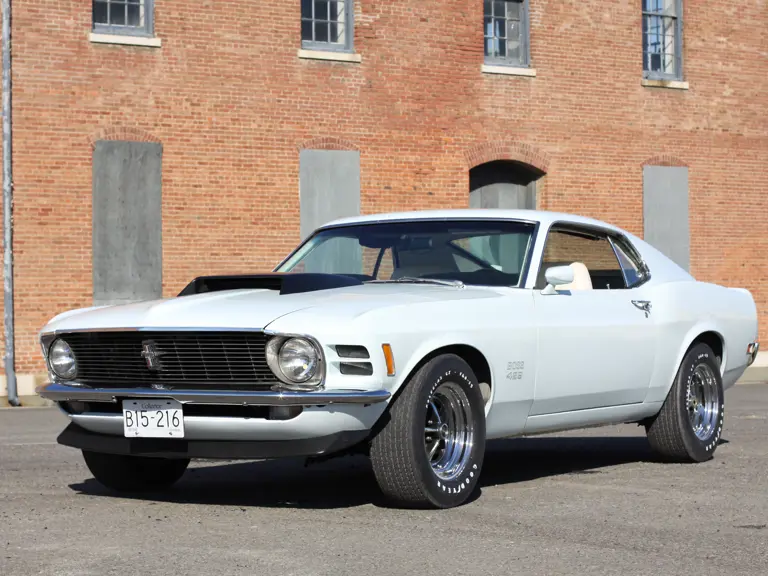
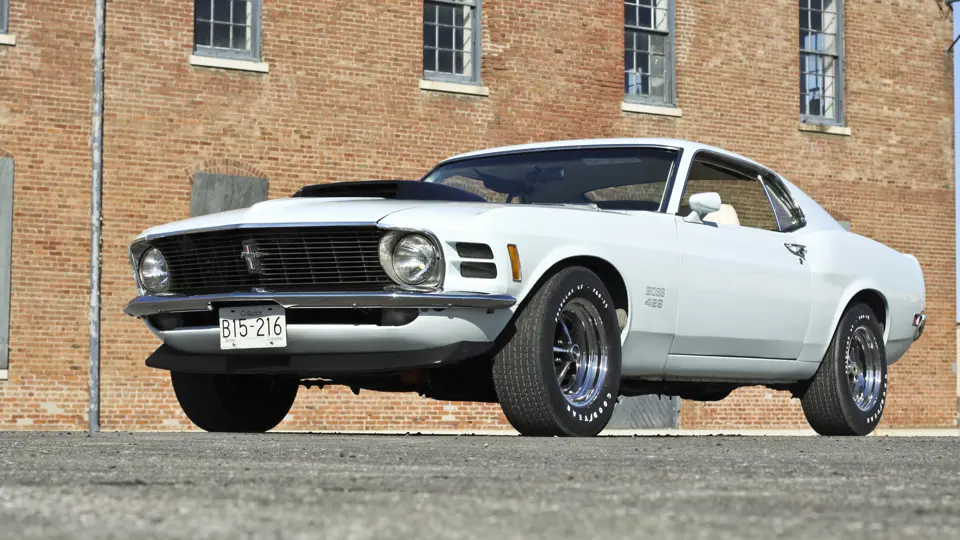
 | Phoenix, Arizona
| Phoenix, Arizona
